- Applications
- Automotive Radar
Automotive Radar Simulation Software
Design requirements for 24 GHz and 77 GHz automotive radar sensors are becoming more stringent as consumers increase demand for applications like blind spot detection (BSD) and lane change assistance (LCA). In turn, the engineering departments at Tier 1 suppliers like Aptiv, Veoneer, and Continental are advancing technology in order to win bids from OEMs like BMW, Audi, and Chrysler.
Simulation technology has also advanced to meet design requirements. Remcom offers an integrated approach from sensor design to drive test scenarios.

Sensor Design and Placement
.jpeg)
Remcom’s time-domain electromagnetic simulation software, XFdtd, is a proven tool that promotes the rapid development of automotive radar sensors. Using simulation, RF and application engineers are able to analyze the far-field radiation characteristics of their antenna, minimizing the number of prototypes built and tested in a lab.
Engineers use XF for various aspects of sensor development including:
-
Designing the layout of the feeding structure and radiating elements on a multi-layer RF board
-
Determining a matching radome while accounting for all the complexities in a full sensor model: RF board, radome, packaging, data connector, case, etc.
-
Finding or troubleshooting the placement of a sensor behind fascia
Drive Test Scenarios
Remcom’s ray-tracing simulation software, WaveFarer, augments repeatable track tests and drive scenarios. Simulating raw radar returns from a set of scenarios allows engineers to gain insight into a design, placement, or target identification algorithm without the overhead required to install prototypes and take measurements.
Drive test simulation is a powerful tool that benefits engineers of various disciplines, as illustrated by the following examples:
-
Antenna engineers can determine if an antenna design or radome structure has a positive impact on target identification without building a prototype and performing a series of tests in a lab.
-
Application engineers can determine the effect of multiple antenna placements behind a bumper without needing to complete a series of tests on a track for each placement installation.
-
Signal processing engineers can generate a set of drive scenarios to test signal processing algorithms on raw radar returns without the overhead of running a measurement campaign.
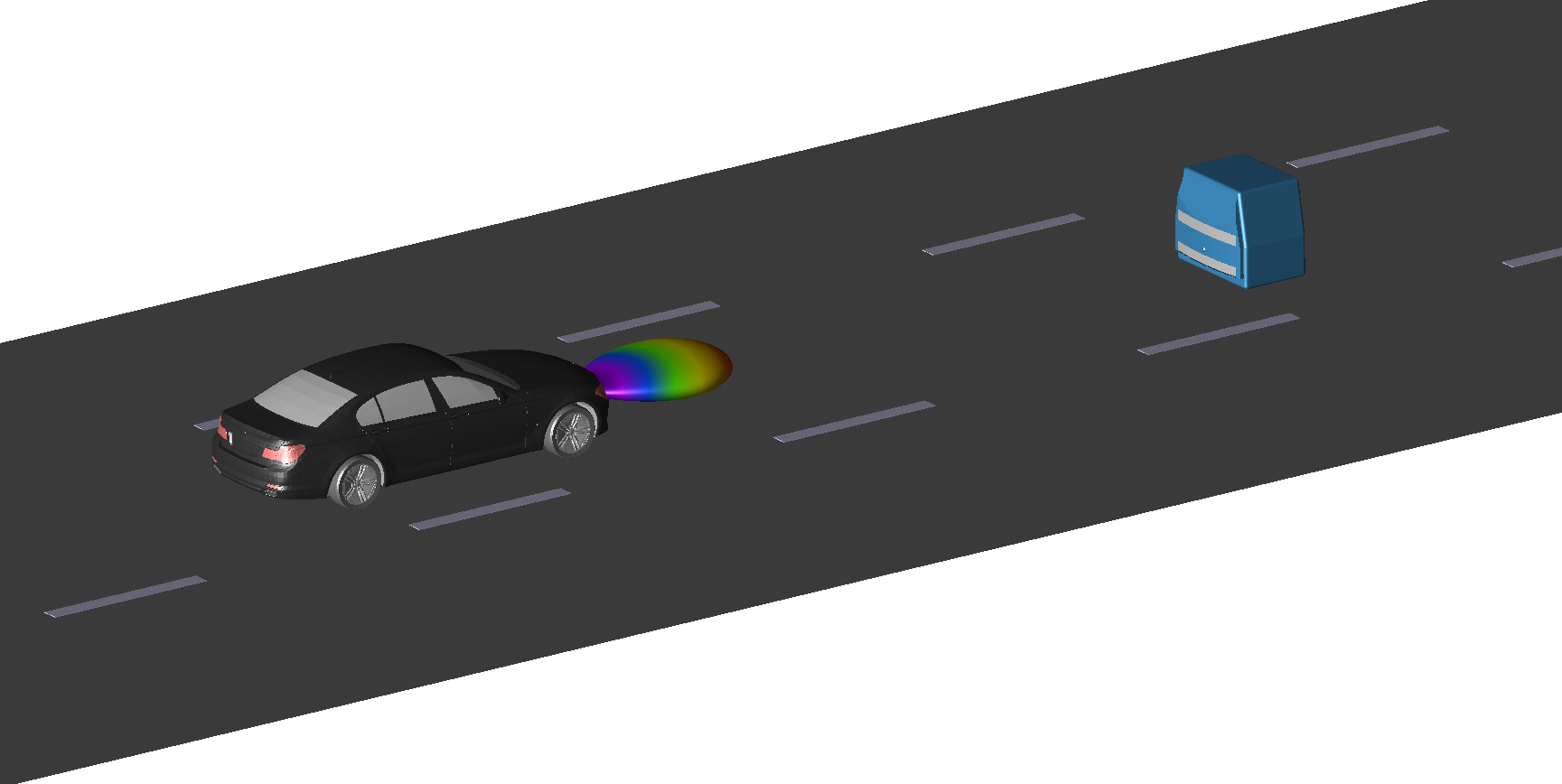
Additional Information
-
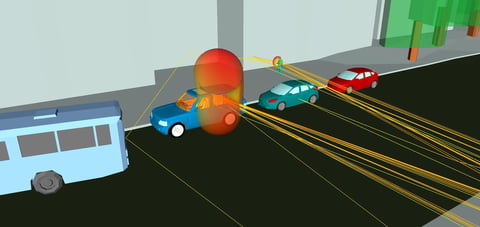
Webinars
Time-Based Mobility of RF Systems in Wireless InSite Release 4.0
Learn about the next generation of Wireless InSite, featuring a robust mobility framework that accurately models the movement of transceivers and objects within a user-defined scene.
Explore Resource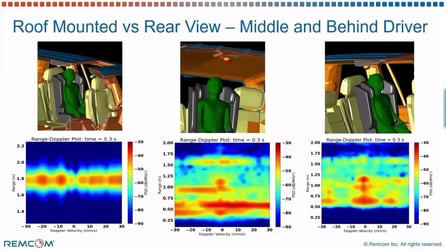
Webinars
Advancing Radar Sensing Simulation to Include Human Detection and Micro-Doppler in Complex Environments
In this webinar, we present a methodology for modeling radar returns and shadowing from humans, including the effects of breathing and heart rate on micro-Doppler.
Explore Resource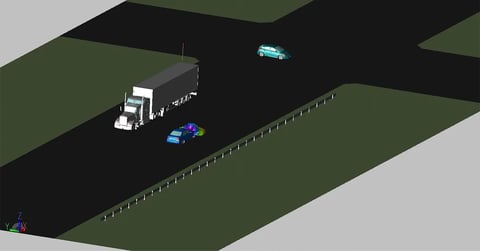
Webinars
WaveFarer Radar Analysis with Diffuse Scattering and Backscatter Through Walls
Learn about WaveFarer's new features for automotive and indoor radar applications, including diffuse scattering from rough surfaces such as roads and the ability to transmit through walls, windows, and more. Remcom will demonstrate these and other new capabilities using a sample drive scenario as well as an indoor mmWave sensor scenario.
Explore Resource -

Application Examples
Convex Lens at 77 GHz
A convex dielectric lens, designed for 77 GHz, is compared against a similar plano-convex lens using XFdtd.
Explore Resource -
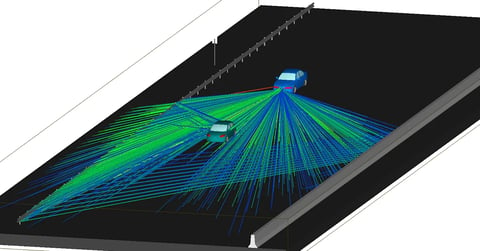
Videos
Diffuse Scattering in WaveFarer
WaveFarer’s diffuse scattering model increases the fidelity of the simulation by revealing how paths interact with rough surfaces, leading to additional clutter in radar returns.
Explore Resource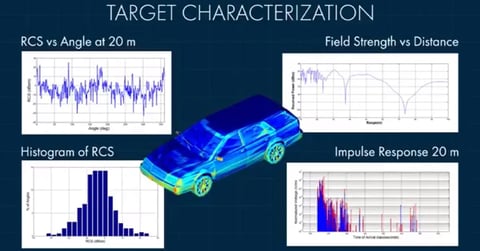
Videos
WaveFarer Automotive Radar Simulation Software
WaveFarer is a unique software tool created specifically for automotive radar sensor design and placement. It enables Tier 1 suppliers to virtually test and refine results earlier in the design process, improving installed sensor performance.
Explore Resource -
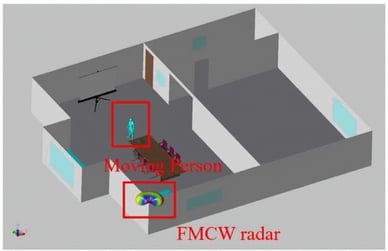
Publications
Range-Doppler Imaging Method Based on FFT-MUSIC for FMCW Radar
This paper proposes a range-Doppler imaging method based on FFT-MUSIC method for FMCW radar systems.
Explore Resource
Publications
Auto-Radar Drive Scenario Simulation: Increasing Realism with Multipath, Diffuse Scattering, and Micro-Doppler
Learn how WaveFarer® Radar Simulation Software uses ray-tracing to simulate virtual drive scenarios and predict radar returns as a system moves through an environment with vehicles, roadway structures, pedestrians, and other objects.
Explore Resource
Publications
Using WaveFarer Automotive Radar Simulation Software and Chirp Doppler to Assess Radar Performance for Drive Scenarios
Significant innovation is taking place for advanced driver assistance systems (ADAS). Radar sensors operating at millimeter wave bands are a key technology and require new modeling and simulation tools to predict their performance.
Explore Resource -

Brochures
WaveFarer® Radar Simulation Software Overview
WaveFarer® is a high-fidelity radar simulator that accounts for multipath and scattering from structures and vehicles in the immediate environment of a radar system as well as key atmospheric and scattering effects for frequencies up to and beyond 100 GHz.
Explore Resource
Save time and reduce costs.
Contact Remcom today for a customized solution to your most complex electromagnetic challenges.
Request a Quote